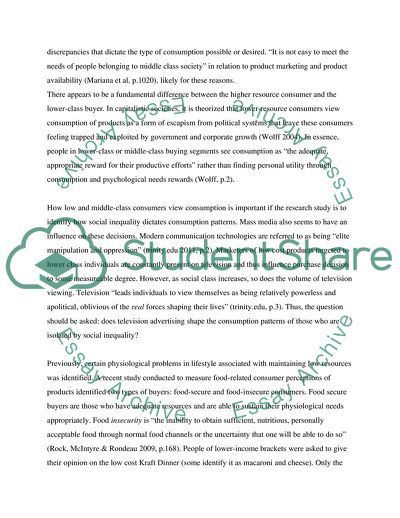Cite this document
(To What Level does Social Inequality Dictate Consumption of Products Research Proposal, n.d.)
To What Level does Social Inequality Dictate Consumption of Products Research Proposal. https://studentshare.org/sociology/1757958-a-research-proposal
To What Level does Social Inequality Dictate Consumption of Products Research Proposal. https://studentshare.org/sociology/1757958-a-research-proposal
(To What Level Does Social Inequality Dictate Consumption of Products Research Proposal)
To What Level Does Social Inequality Dictate Consumption of Products Research Proposal. https://studentshare.org/sociology/1757958-a-research-proposal.
To What Level Does Social Inequality Dictate Consumption of Products Research Proposal. https://studentshare.org/sociology/1757958-a-research-proposal.
“To What Level Does Social Inequality Dictate Consumption of Products Research Proposal”. https://studentshare.org/sociology/1757958-a-research-proposal.


